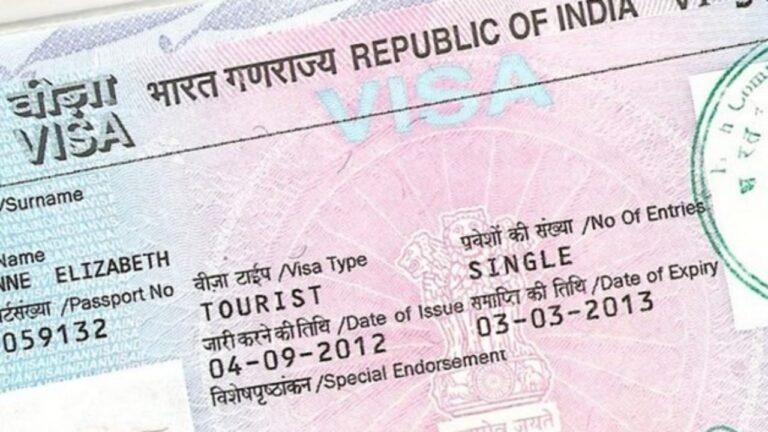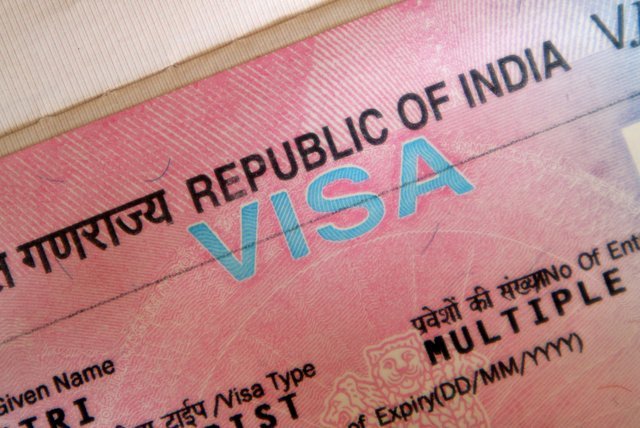The Ethics of Coupon Codes
Coupon codes are a valuable marketing tool that retailers use to promote products and attract customers. They have become an integral part of eCommerce and allow companies to bring in new customers through multiple channels.
However, they can also be abused by fraudsters. Coupon fraud occurs when a retailer submits coupons for products it has not sold or does not properly redeem; or when coupons are altered/counterfeited.
Fraud
Fraud is a term that encompasses a wide range of deceitful acts committed to provide the perpetrator with unfair gain or to deny the victim a right. It can be committed by individuals, businesses, or a business firm as a whole and is a crime that can be punishable by prison time, fines, or both.
Fraudsters use the internet to target and collect personal and financial information from consumers through phishing scams. These messages appear to be from reputable companies but in fact, they’re designed to trick users into revealing their usernames and passwords so that the fraudster can steal their bank accounts, credit card numbers, or other financial data.
Another type of fraud is a fraudulent offer that promises something for free, but the product or service is not actually free. This could include a ‘buy one, get one free’ offer where the price of the first item is inflated to cover the cost of the second. This may be misleading or deceptive and could result in a legal claim against the business for false advertising.
In order to prevent coupon abuse, businesses should limit the number of discount https://www.coupongorilla.es/ codes that can be generated and redeemed within a campaign. They should also use cart- and order-based coupon redemption criteria to make sure only selected customers can redeem their codes.
Using coupon codes in marketing campaigns has become an increasingly popular method for businesses to attract new customers and increase their conversion rates, but it can also lead to significant losses from fraudulent activity. As a result, many business owners have found it difficult to control coupon usage and mitigate the negative effects of abuse.
To avoid coupon abuse, retailers need to implement robust and flexible coupon tracking and reporting tools. These should be adjusted to your marketing goals and be able to cope with any changes that arise throughout the lifecycle of your business.
Coupon abuse can be a big problem for any business, but it’s especially prevalent in the eCommerce world. There are several ways to avoid it:
Misrepresentation
Misrepresentation is a term that refers to a false statement made by one party to another, which induced the other party to make a contract in reliance on the statement. If a contract is entered into in reliance on a misrepresentation, the contract can be voided and the affected party may be able to seek damages for losses.
In the UK, the legal principle of misrepresentation is based on common law and is codified in the Misrepresentation Act 1967. This legislation provides the statutory basis for misrepresentation claims in contract law, but there is also an element of tort law involved.
To avoid misrepresentation in your ads, make sure all relevant information is stated clearly and in a manner that is consistent with the headline claim. This includes the terms and conditions of the offer, as well as any significant conditions.
Using small print or footnotes to clarify your claims is fine if they are closely linked to the main claim, but don’t use them to hide important information or in a way that misleadingly contradicts the headline claim. Ideally, all your claims should be in the clearest possible language and be accompanied by a short disclaimer that communicates the terms of your store’s coupon policy which are most relevant to that particular offer.
There are several other ways that affiliates can deceive customers with fraudulent deals and coupons, including displaying offers and coupons that are expired or never existed in the first place. This can happen through cookie stuffing, where a user clicks on an ad for a product that doesn’t exist. It can also occur through misleading deals, which are deals that are marketed with labeling that the advertiser doesn’t provide and that land the user on an irrelevant website or page.
The other way that affiliates can deceive customers with coupons is through a technique called “mere puffery”. This is a technique where the advertiser promotes the sale of a product or service that is exaggerated in order to attract buyers. It can be done through a number of methods, including by offering an exaggerated discount or free gift with purchase, or by claiming that the product has a special warranty.
Counterfeiting
Counterfeiting is the act of creating or selling items that look like or contain the trademarks, logos and other intellectual property of another company. The most common counterfeit products are knockoffs of high-end consumer goods, including shoes and watches. Other examples of fakes include toys, jewelry, perfumes and cosmetics.
The impact of counterfeiting is often severe, affecting both consumers and businesses alike. For one thing, it lowers brand trust in the eyes of consumers. If a product turns out to be fake, consumers will not only hold the seller responsible but also the manufacturer who created it.
In addition, counterfeits can harm the economy by destroying jobs in legitimate manufacturing and retail businesses, as well as in the production of authentic items. This can lead to lower salaries and fewer employment opportunities, which can hurt smaller firms in their efforts to become successful.
Moreover, counterfeit goods can pose health risks to consumers by exposing them to potentially unsafe ingredients. This can cause serious allergic reactions and other life-threatening problems.
Counterfeiting can also result in a loss of market share for legitimate manufacturers. Since counterfeiters can make an identical product for less money, they may compete with a legitimate producer and deprive them of sales.
In the case of e-commerce, online sellers have been a common source of counterfeit goods. In some cases, these illegitimate sellers are not even aware that they are doing it.
This is why it’s important to be aware of how to avoid counterfeiting. Fortunately, there are a number of ways to do so.
First, check the authenticity of the seller’s website. This includes looking at product descriptions,How Can Online Reviews Help Your Business? FAQs, “Contact Us” pages and social media posts. If the website has any typos, grammatical and spelling errors or contains incomplete information, it’s probably not legitimate.
Secondly, it’s also important to make sure that the seller has the proper licensing and authorization to sell a particular product. This is especially true for e-commerce websites.
Lastly, it’s important to know that buying counterfeit goods can help fund criminal organizations and terrorist groups. These groups often target specific industries, such as consumer products, tobacco, aerospace components, electronics and pharmaceuticals.
Resale
Resale is a common practice among retailers, who buy goods and then sell them for a higher price than the original purchase. It’s an effective way to reduce inventory costs and turn a profit on a limited supply of goods.
This practice can be as simple as a one-time sale at your local grocer’s or as elaborate as a wholesale distributor purchasing a product, reselling it in bulk and then selling it to a chain store. This practice is most prevalent in the apparel and jewelry industry, where it’s often referred to as “back-room” retail.
Typically, the best way to avoid a resale is to shop around for the best price and take your time. It’s also a good idea to check your state’s sales tax laws before you hit the stores. If you’re a frequent shopper, you may want to consider setting up an account with your favorite store for perks like rewards programs or freebies.
The biggest challenge is figuring out what to buy and when. Thankfully, many retailers have customer service departments who can help you determine what items are the best fit for your budget. It’s a good idea to keep a spreadsheet of the products you plan on buying and the dates you intend to do so. This will make it easier to find the right product for the right price when you get to the checkout line.







